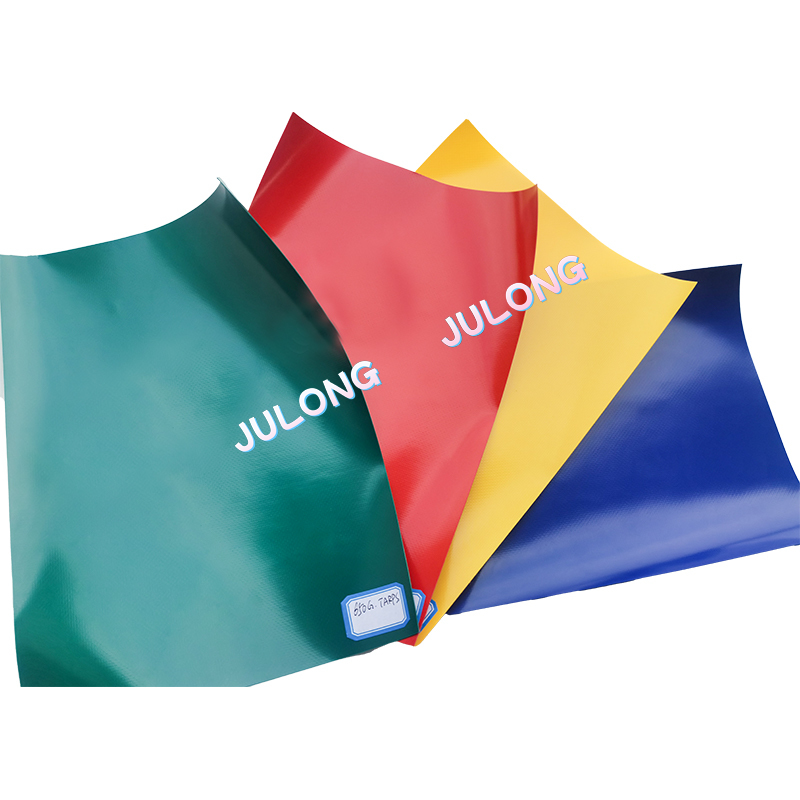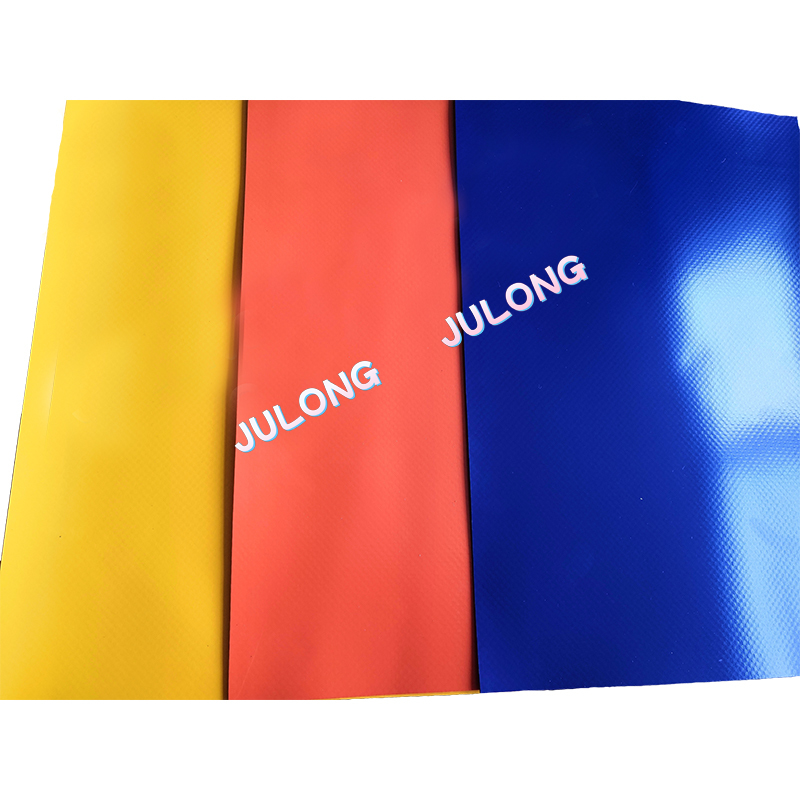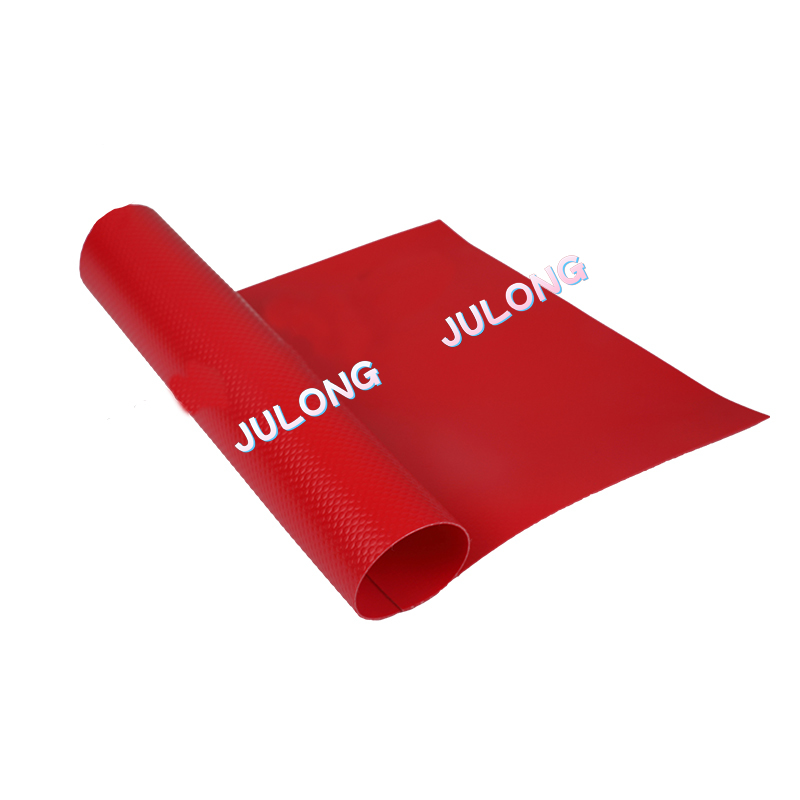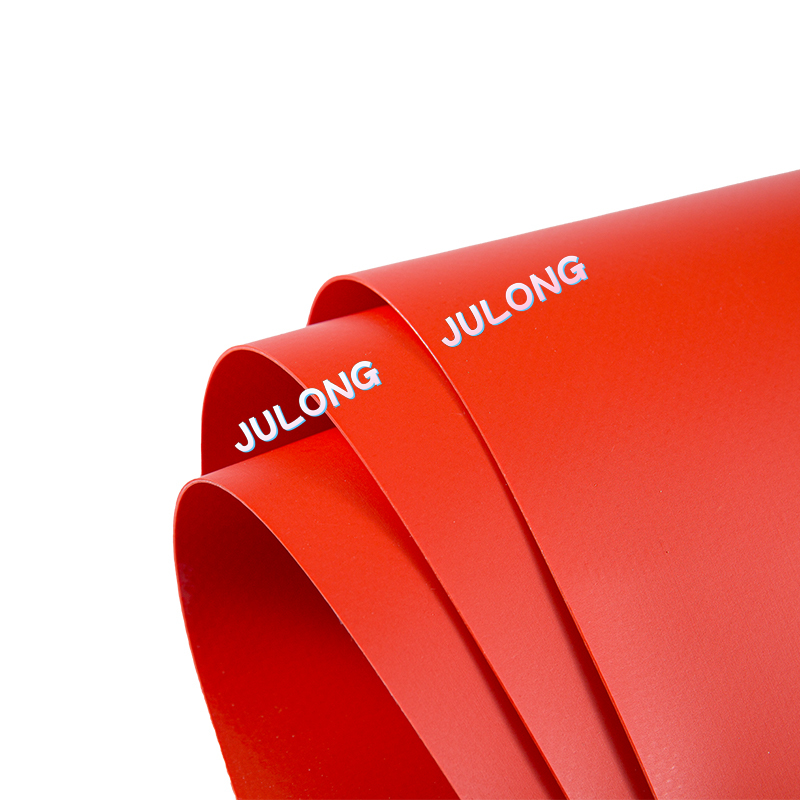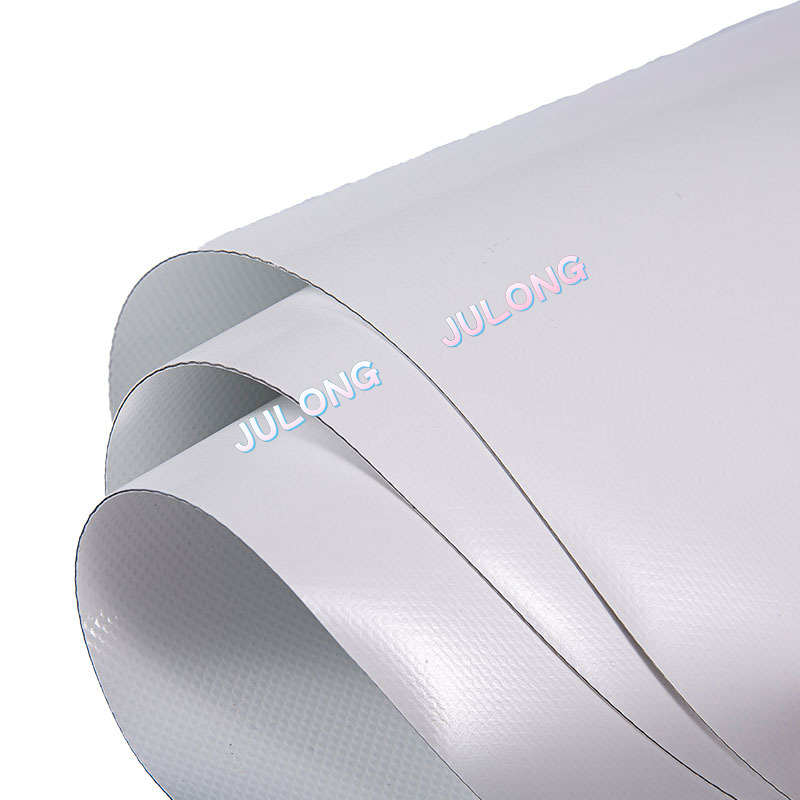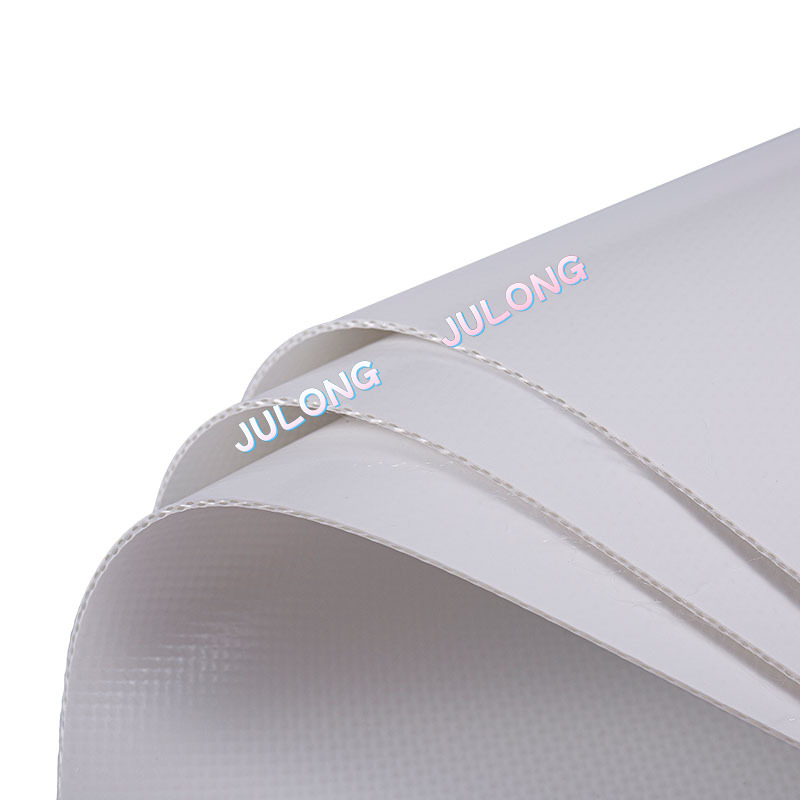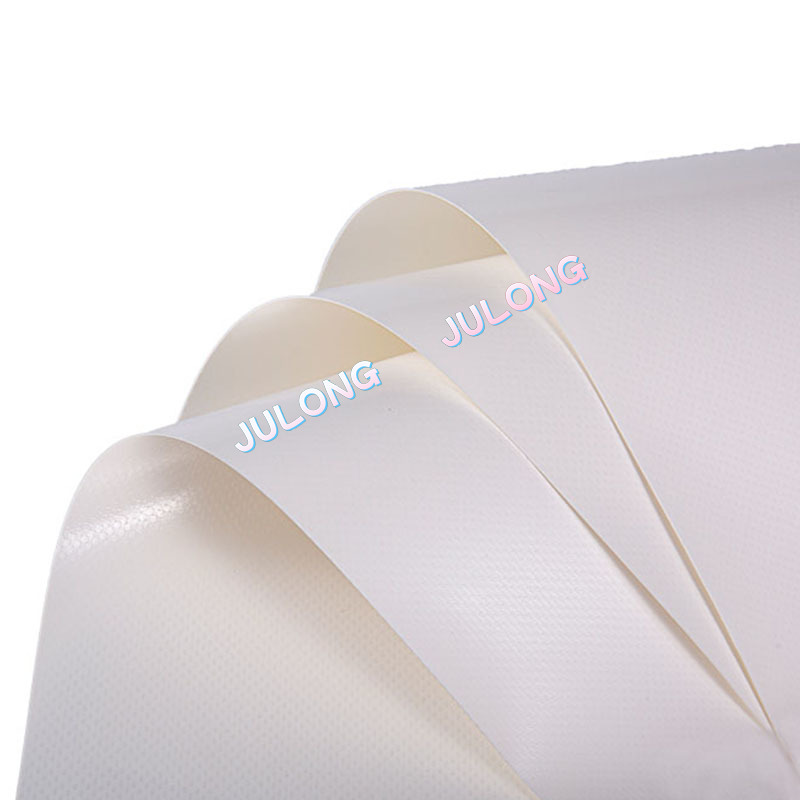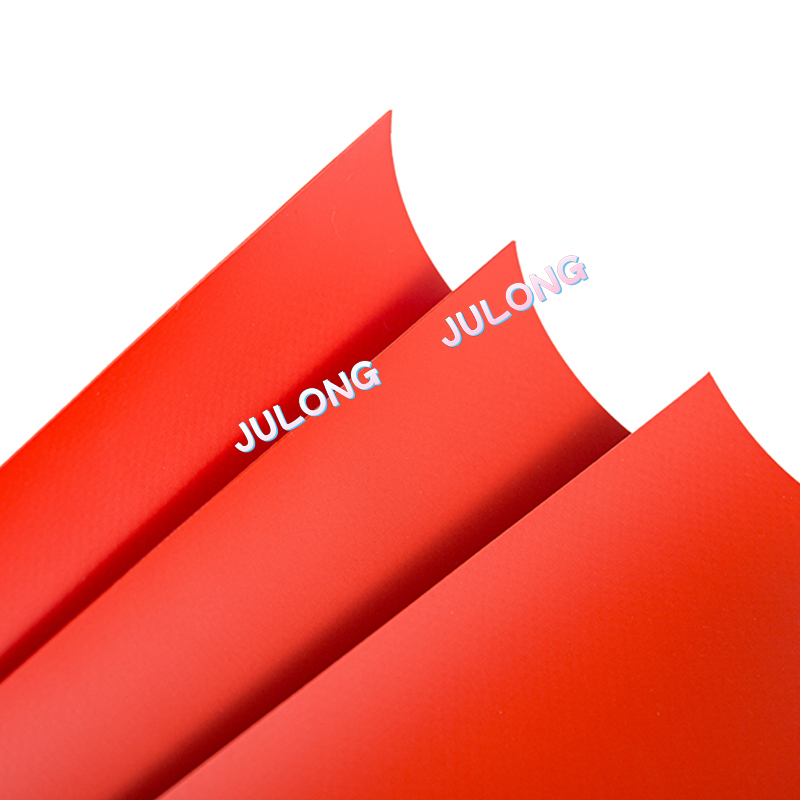There are many types of membrane materials used in architectural membrane structures, and different countries have different requirements for membrane materials. According to different materials, it can be divided into three categories: ETFE, PVC, and PTFE!
1. ETFE transparent film
ETFE has no cloth base, ethylene-tetrafluoroethylene copolymer, and is generally made into a double-layer or three-layer air cushion structure.
1) Ultra-lightweight: the membrane material is thin and light. Excellent shock resistance, convenient construction, a thickness of 12-500 microns.
2) Scratch resistance, high-temperature resistance, wear resistance, corrosion resistance, insulation, high safety materials;
3) High flexibility: the elongation at break is over 300%. Light transmittance above 95%.
4) High safety: flame-retardant material, shrinkage after melting but no dripping, fire-resistant grade B1. In the case of fire, it is less harmful. In hail weather, even if the glass is broken, ETFE will only leave small dents. The surface is very smooth, with excellent self-cleaning performance. Dust and stains can be removed with the rain.
5) Quasi-permanent membrane materials, with a service life of more than 20 years: climate adaptation: -200~150°C, more than 15 years of harsh weather, the mechanical and optical properties will not change.
2. PVC quasi-permanent film
Features of PVC film material: PVC high-strength polyester fiber or polyamide fiber cloth base is coated with polyvinyl chloride resin. In order to solve the self-cleaning problem of PVC film material, PVDF is usually coated on the PVC coating, which is called PVDF film material. Another PVC membrane material coated with TiO2, which is extremely self-cleaning.
1) Quasi-permanent membrane materials with a service life of more than 20 years;
2) Highly strict processing technology and construction regulations;
3) This type of material is a flame-retardant material with a fire-resistant rating of B1.
4) The thickness is 0.6-1.2 mm; the light transmittance is between 6-12%; the strength is generally between 3500-9000N/5cm.
3. PTFE permanent film
PTFE permanent membrane is the preferred material in the field of membrane structure construction today. The PTFE film material is called Teflon, which is coated with polytetrafluoroethylene resin on the glass fiber cloth base.
1) The light transmittance is between 8-18%, with high light transmittance, and the light passing through the film material is natural diffuse light, without shadows or glare.
2) This type of material is a non-combustible material with a fire-resistance rating of A1.
3) Highly strict processing technology and construction regulations. The thickness is 0.6-1.2mm, and the strength is generally between 3500-9000N/5cm.
4) Permanent membrane material with a service life of more than 30 years. High reflectivity to solar energy, so little heat absorption. Even under the hot sunlight in summer, the indoors will not be affected too much. It is precise because of this epoch-making invention of membrane materials that membrane structures have developed from tents or temporary buildings in people's imagination to modern permanent buildings.
I hope this content is helpful to you. We are a professional PVC architectural membrane supplier. If you want to know more professional information, please continue to follow us.


 English
English عربى
عربى